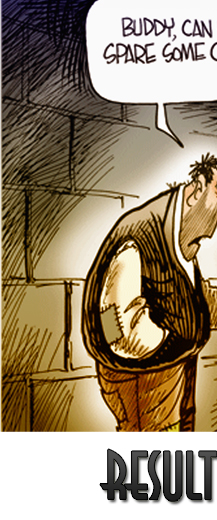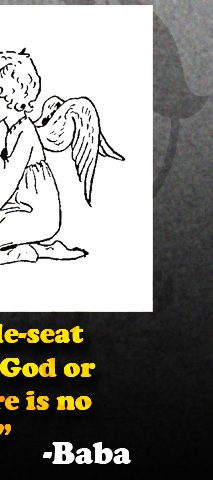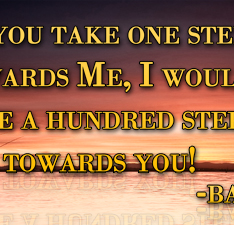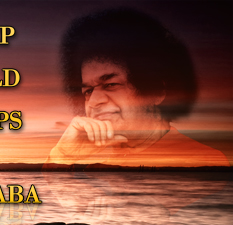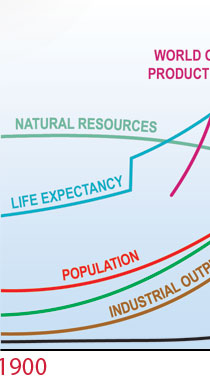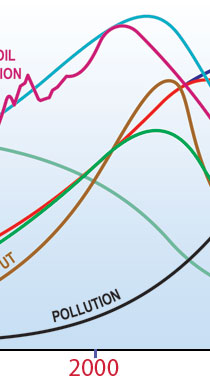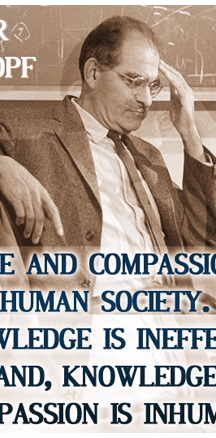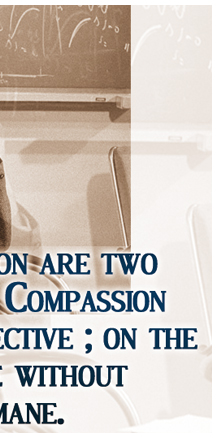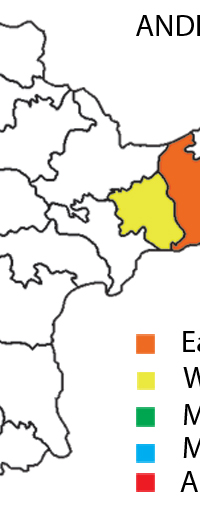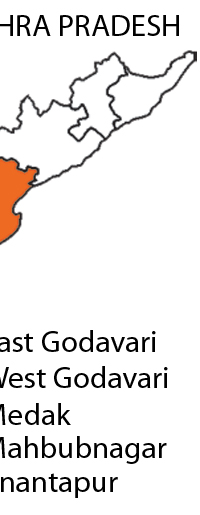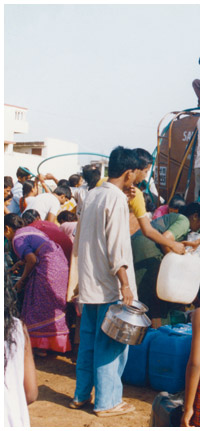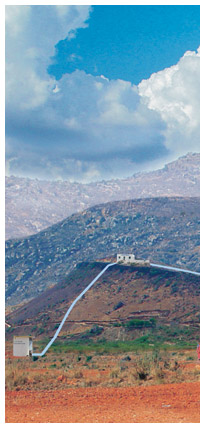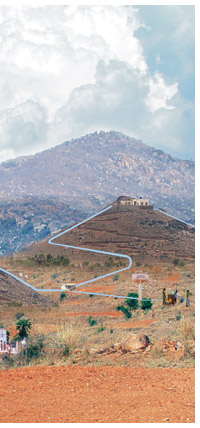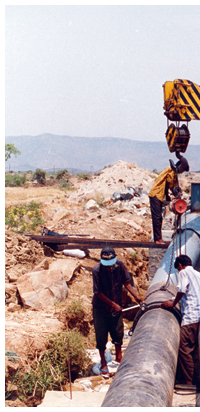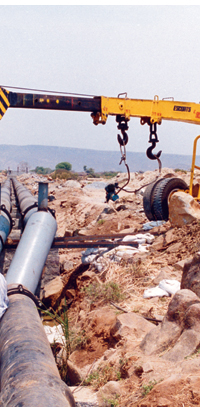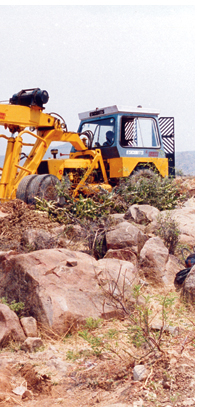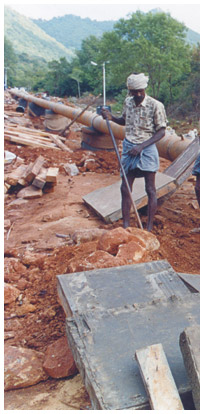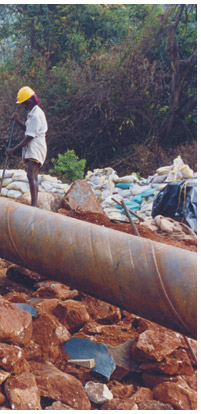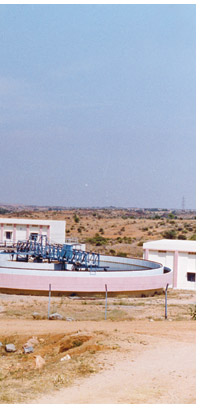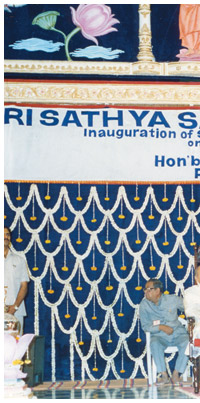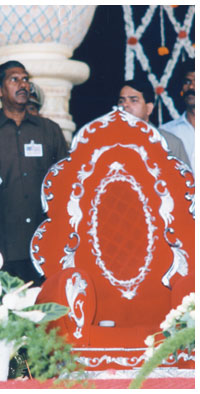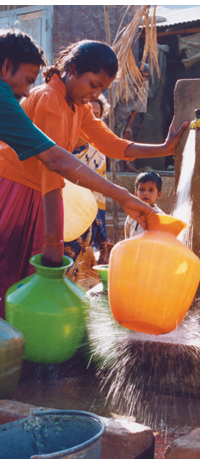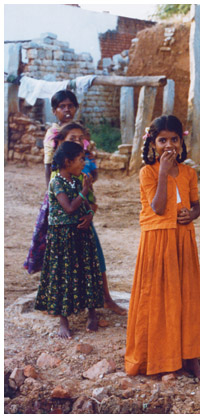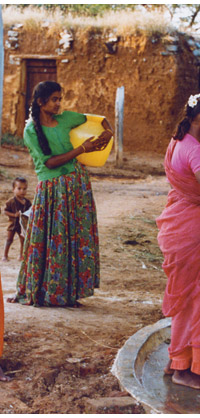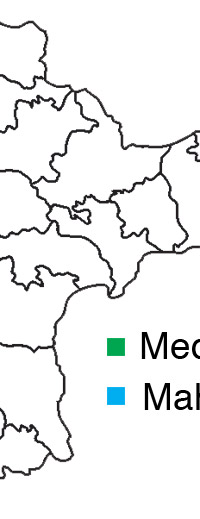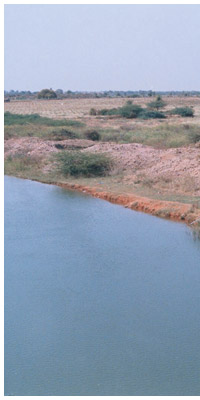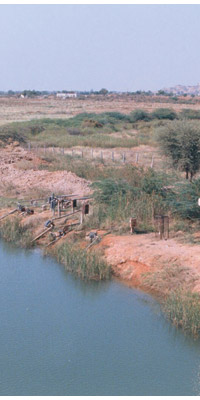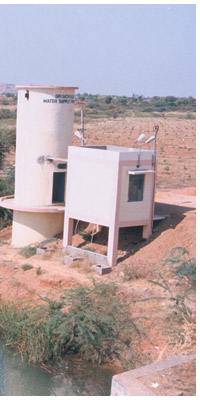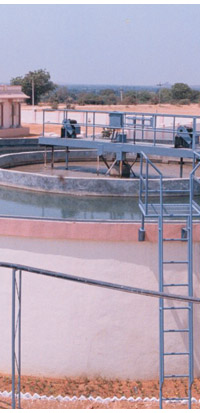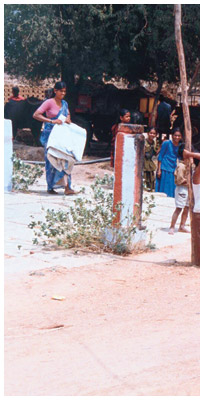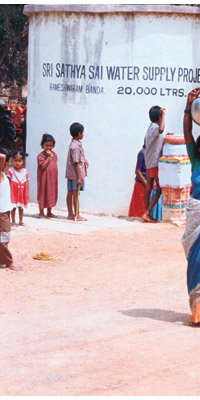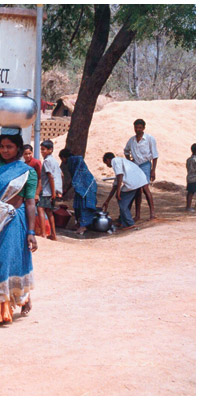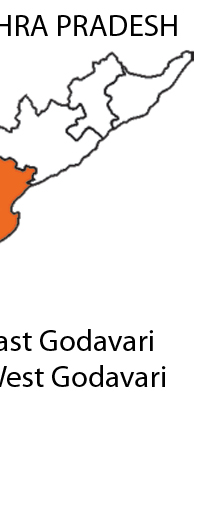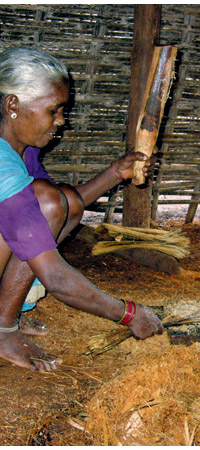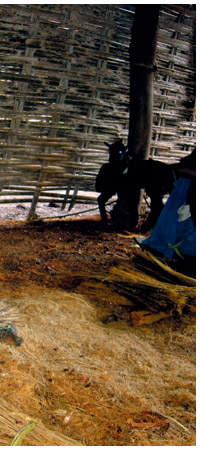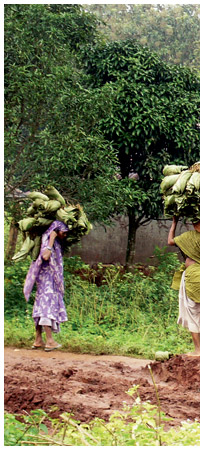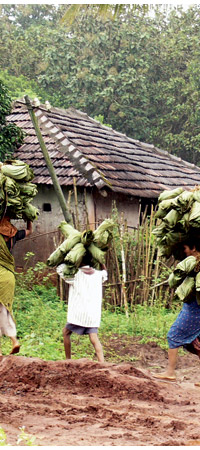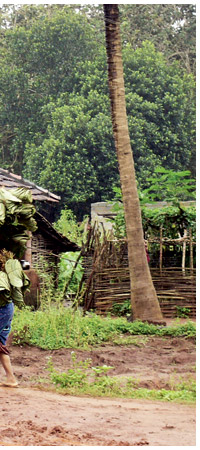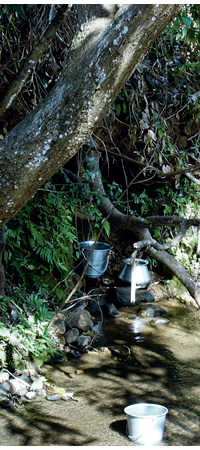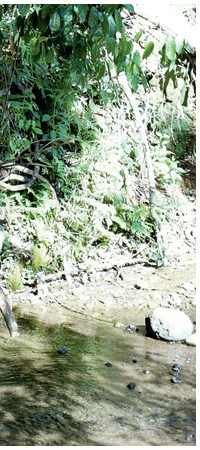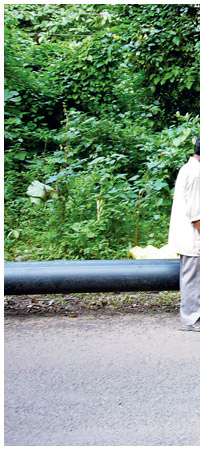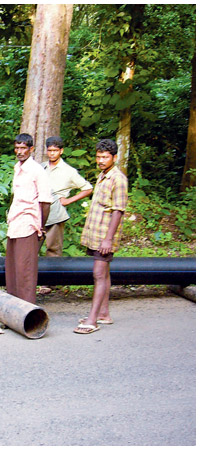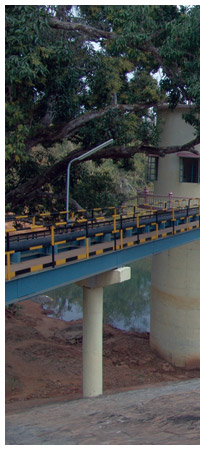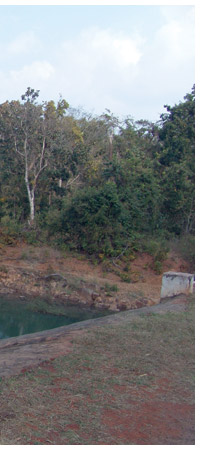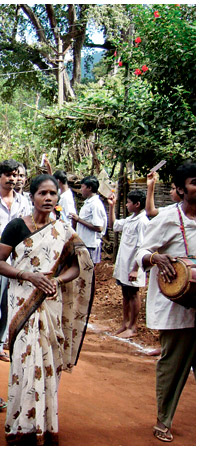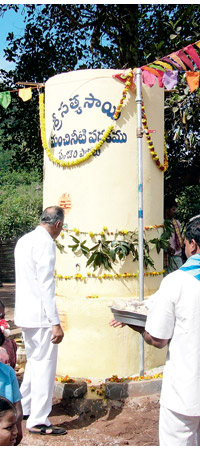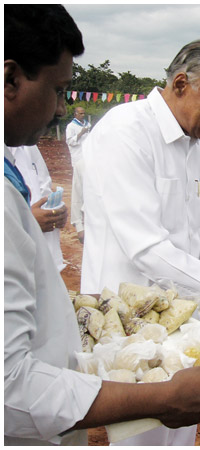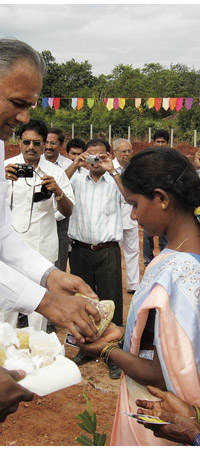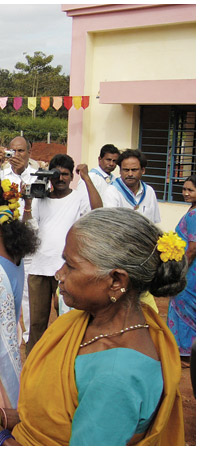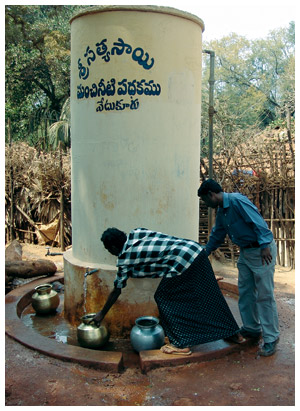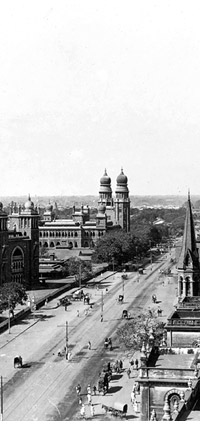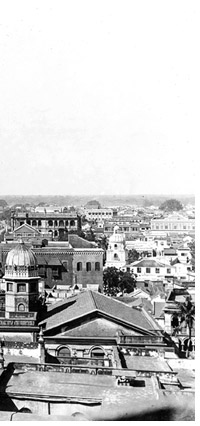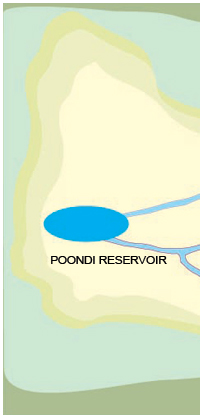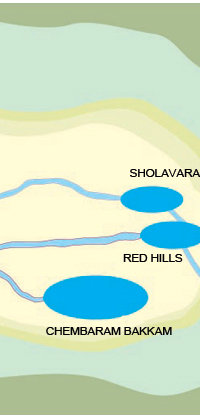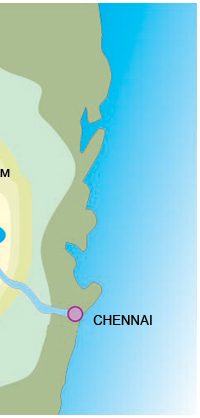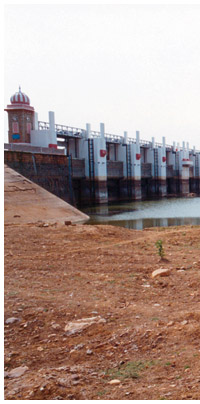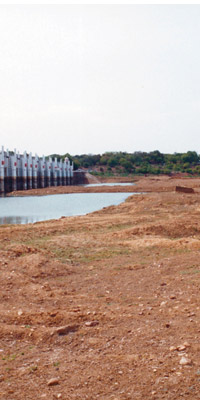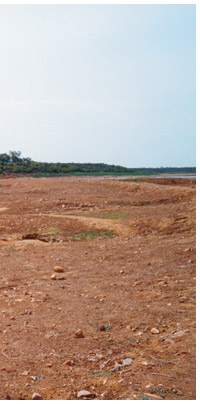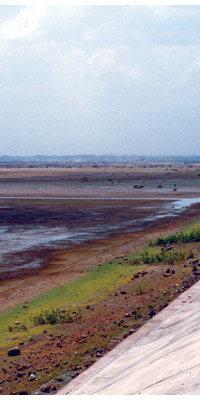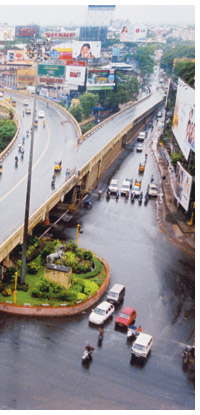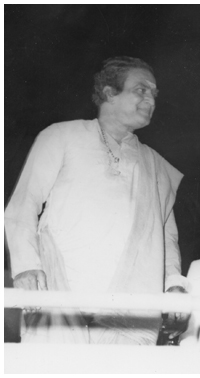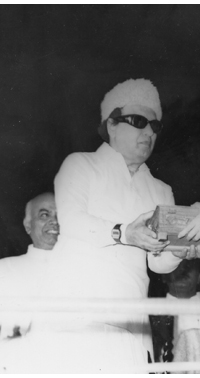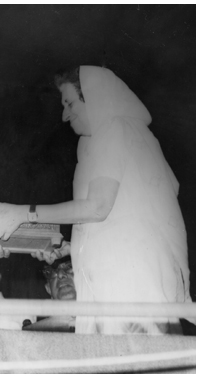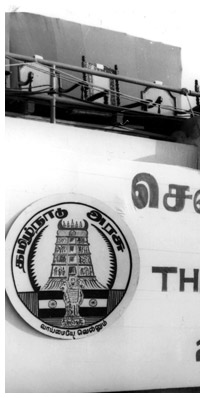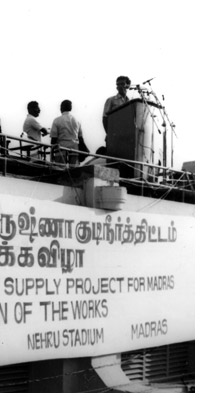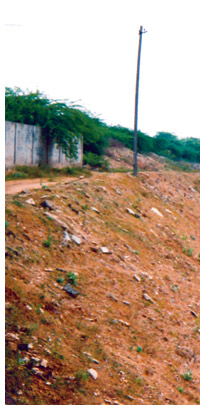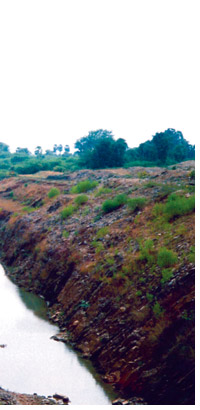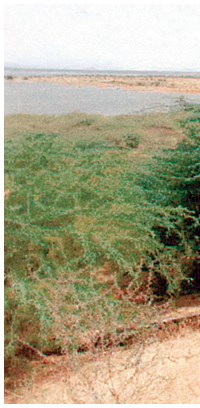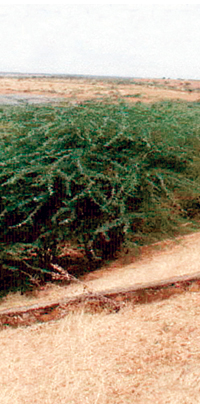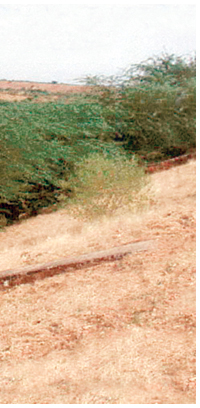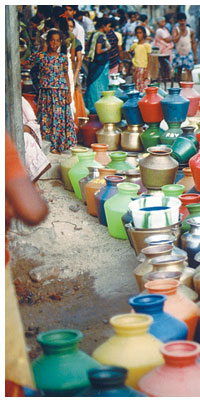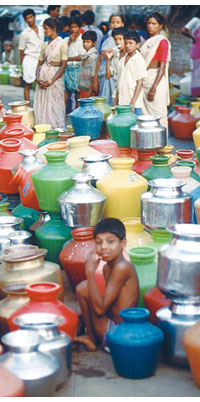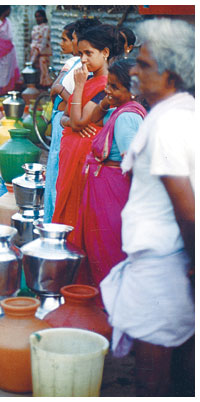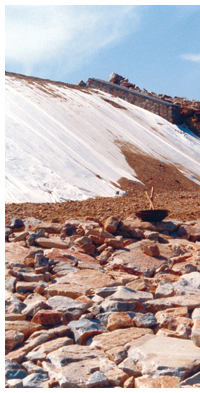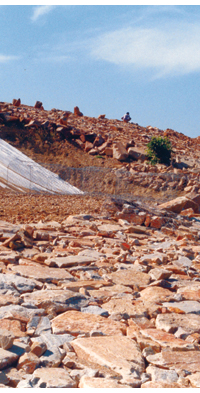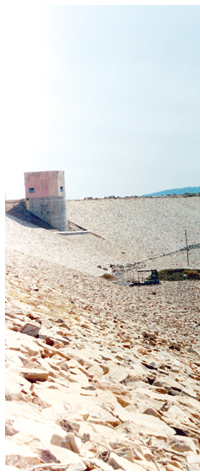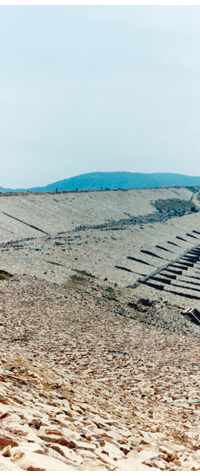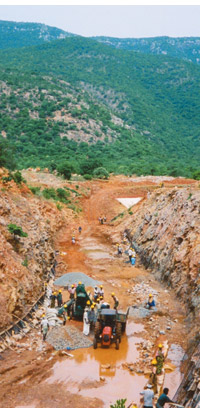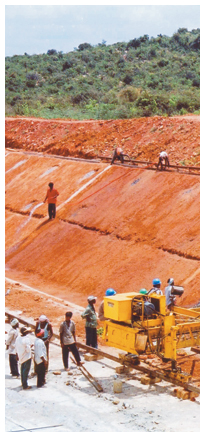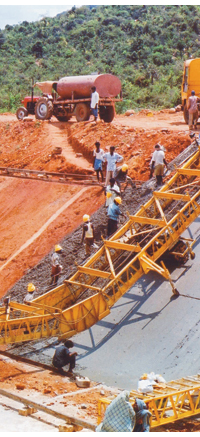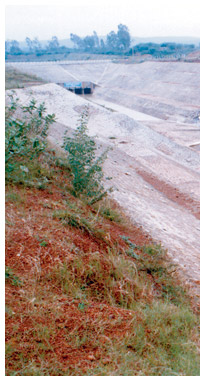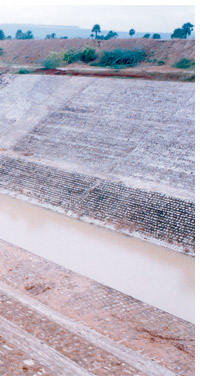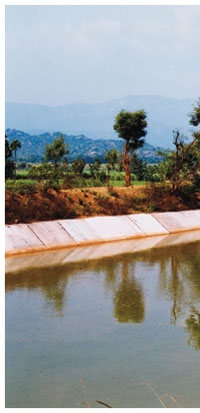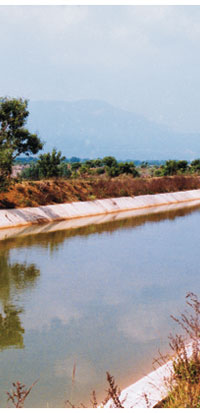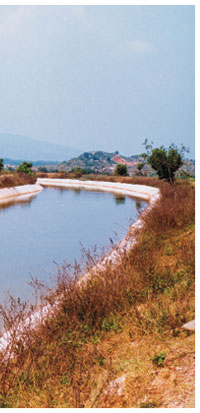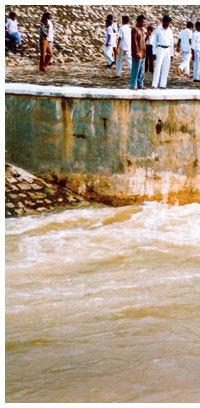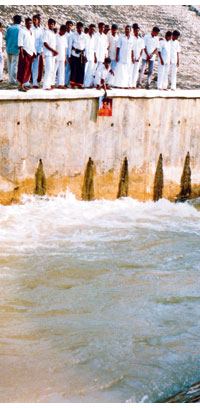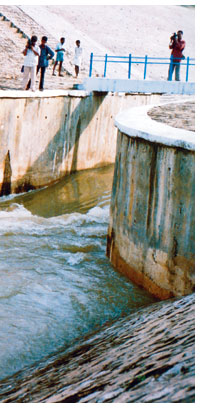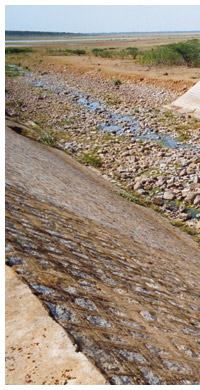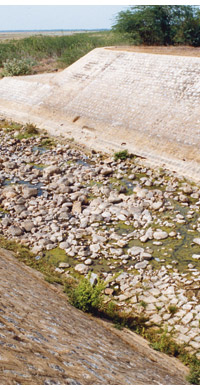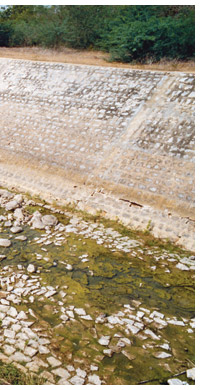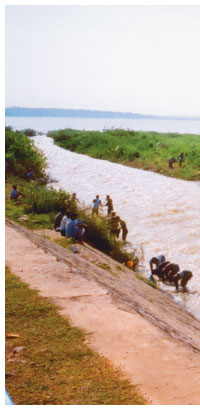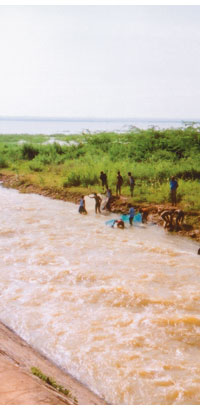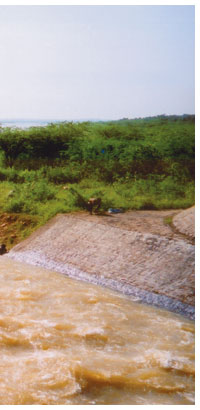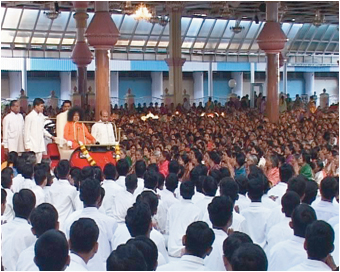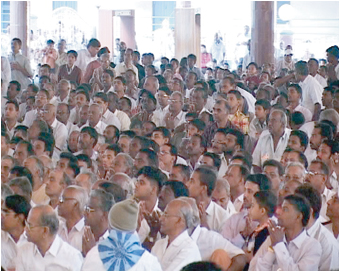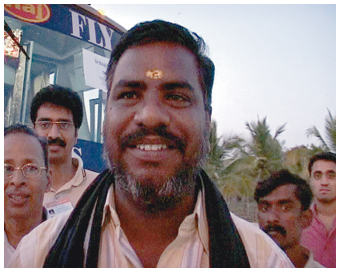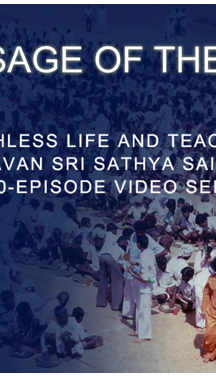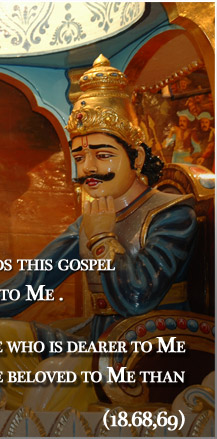"THE MANIFESTO" - A VISION WE WISH TO EXPLORE
By Prof. G. Venkataraman
This article has 4 parts and an Appendix |
|||||
| Part 04 FROM C.O.D TO GOD Please Note: This article has many inset boxes meant for supplementary reading. I trust I have by now convinced you that the best starting point for a reset and restart is CEILING ON DESIRES [C.O.D]. It needs to be emphasised at this point that in Swami’s scheme of things, C.O.D is not to be regarded merely as a survival strategy. We don’t look at doomsday forecasts of the type first made by the famous Club of Rome many decades ago and say, “O my God! We have to abandon the consumerist model or else we would perish!” Yes, we do have to give up this utterly wasteful and most dangerous model. However, we do it for reasons that are larger than survival, although I entirely concede that survival of the human race and saving the eco system are both absolutely vital. The larger reason is spiritual; what I mean is that by giving up consumerism, we would be kicking out desire and, along with it, jealousy, greed, anger, etc. This is a mandatory first step in the journey towards God, and at least those who are serious about being seekers of spiritual knowledge as well as loyal devotees of God, must sign up to this ideal. C.O.D is not meaningful, unless it is backed up by a substantial restructuring of social priorities. Take employment for example. Today, most advanced countries have a problem with employment in that the manufacturing industry no longer employs as many people as it once used to; this is due to automation. As a result, many people who once used to work as assembly workers, etc., in an auto plant can no longer get employment. Furthermore, earlier lots of people worked in auto garages. With cars becoming highly sophisticated and controlled by computers, these days if one has a car problem, one has to take it to a ‘super-speciality garage’, equipped with car scanners and what not! This too has led to quite a lot of erstwhile mechanics becoming unemployed.
Those who have been bitten by the G-bug and feel it is a mighty blessing would no doubt cry foul and protest hugely. On the other hand, if we wish to live in a sustainable manner, then there is no option but to take the pendulum to the other side all the way. This would NOT be possible unless we resolve that we are here on earth to live for God as He wants us to live, and not live as if there was no tomorrow! The Bible emphatically declares that one can serve either God or mammon and not both. Swami too says same:
This makes it abundantly clear that each and every individual has to make the correct choice, and that, in my opinion, is the first mandatory duty of every devotee of God. But the individual’s responsibility does not end there; rather, like the trillions of cells do in the healthy body, all of us have to pull together to mesh our individual activities so that humanity as a whole functions to fulfil the responsibilities given to us by God. It is then and then alone that peace and harmony would prevail in this world. To put it bluntly, merely chanting Shanti three times after bhajans and saying Samastha Lokha Sukhino Bhavantu would not do! Proclamations and prayers have to be backed up with right action! The job ahead of us is to give a call to humanity to wake up, arise and be about God’s work, explaining in detail what should be done and how. In their own little ways, lots of people all over the world have already begun talking about leading simple, sustainable lives. Referred to as ‘greens’, for these people, it all ends with going back to a sustainable life-style as existed centuries ago. However, when we talk of C.O.D, we are jacking up the ante and raising the green concept to a spiritual level. As Swami puts it [a paraphrase]:
O man! You have great ambitions, dream of all kinds of success and luxuries, and struggle hard throughout your life to attain these goals. Often, you spend your entire life chasing the ‘rainbow’ but fail to. At the end of it all, what have you got but misery? Some achieve what they call success; but are they able to live in peace and happiness thereafter? Not at all. They would lose sleep trying to protect what they have, because others would be trying to topple them and take away what they have got! There is no limit to desire. You may have millions but you are not satisfied; from millions you want to go to billions; from billions you want to go trillions! After all this, one fine day, you would die. What is it that you would take with you at that time? Not a penny, not even a single thread! All the wealth you earned on earth would not serve you in your after life, not one little bit! How many times we have heard Baba tell us all this and top it off with the bhajan: Bhaja Govindam….. [which essentially means chant the Name of the Lord, and enrich your life spiritually rather than with cash and material goods!] The point being made is that if we are serious about following Swami’s teachings, we really have to start with C.O.D – there simply is no running away from that. Starting from there, we then have to take it all the way as Swami has described in His numerous Discourses, and that exactly is where spreading the Message assumes importance. Many people think that the idea of placing a ceiling on desires is a stupid fad and unworkable proposition. I would strongly argue that it is NOT a fad. As to whether it is workable or not, it depends entirely on whether or not we would like to roll over the cliff. In some areas like nuclear weapons and other weapons of mass destruction, sanity has begun to prevail and controls are slowly being established. Where climate change is concerned, one sees some signs of stirring [hope it is not too late!]. In the same way, we have to wake up to the importance of placing a ceiling on desires also. If we see it purely in terms of survival, then not many may sign up for it. However, if C.O.D is linked to moral fervour and an intense desire to please God, then there is a good chance the movement would pick up because God would become actively involved and help us all the way. Remember what Swami has said umpteen times!
Once more I stress: One simply cannot have indefinite and endless consumption in a finite world! Many years ago, a dire warning to this effect was given by the Club of Rome.
At first, there was a scare but soon people forgot. But God and Nature do not forget, and of late, we have been getting plenty of subtle warnings. The impending water crisis is one such, and that is why I have laid it thick. What we learn from even the limited data I have presented is that if we waste water as if there is no tomorrow, then we might not have a tomorrow! And if you reflect deeply on the way out, you would realise how crucial Swami’s teachings are for the survival of not only the human race but also the eco-system; that precisely is where being in harmony with Nature strongly enters the picture. Presently, we do not care much about society, being focussed too much on our little individual selves; that’s why society is kicking us back with all kinds of economic and social problems like crime, etc. Similarly, we are busy ravaging Nature, but she too would push back, if she is not already doing so via climate change. What I am talking about is not rocket science but something quite simple and elementary. Late Prof. Victor Weisskopf who, among other things served as a Distinguished Professor in M.I.T once said:
If you keep this in mind and examine what Swami is asking us to do, you would realise that He is basically asking us to harness both knowledge and compassion to the same ‘cart’ and use it for serving humanity. And to prove that this makes sense, Swami has set up educational institutions which are models that modern society can copy with much advantage. He has set up model drinking water projects that are unequalled and unmatched in any part of the world. How many know that together, the half a dozen drinking water projects Swami has implemented provide potable water to about ten million people? You know what that number means? It represents the population of one entire country in Europe like Hungary! Which private Charitable Trust other than Baba’s has done such a project, and with the least fanfare? By the way, Swami has done six major drinking water projects.
Except for the very first one, namely the Anantapur Project completed way back in 1995, Swami has not bothered about an inaugural function in the case of all the rest. A lot of money was spent on every single project, but once it was completed and the facilities became functional, Swami just told the Trust Members, “Hold a small prayer ceremony, organise bhajan singing, and allow water to be drawn and used by the public.” In the case of the Chennai Water Project, there was not even such a function. What it all boils down to is that Baba’s teachings though incredibly profound are simple in their essentials. And, they are eminently practical too, as He Himself has shown repeatedly. In fact, it is to draw attention to various aspects of Baba’s teachings that we presented shortly before the 85th Birthday, a month long tele-serial entitled THE MESSAGE OF THE LORD, that was webcast daily from 20th October, 2010. Many saw it but many more seem to be not aware of it at all, including in places like the UK, Australia, Malaysia, etc.; which is why it is necessary to constantly keep the Divine Message on the radar screen of humanity. And this exactly is where all this business of you and us working together to create a SAI TIDAL WAVE, becomes relevant and meaningful.
In this context, please do not miss the various appendices that follow. As far as this ‘build-up’ is concerned, let me wrap it up by recalling a question that Swami once posed to His students. He asked: “What is the purpose of life?” Many replies were given but Baba kept on shaking His head as if to say, “No, not correct!” After a while the students gave up and silence prevailed; that is when Swami said slowly, "From God you have come and to God you must return!" This immediately raises the question, “OK, but what is the road to God?” And that precisely is where the teachings of Bhagavan Baba enter the picture. Considering that Radio Sai is one of the instruments used for spreading the teaching, I guess you can see now how you and we can together play a powerful role in spreading the Message. So much for the relevance as well as the prime importance of the Message. Now here is something else you must know concerning what the Lord says about the spreading of His Message. That was way back in an earlier Yuga. In this Kali Age too this is the Message Swami gave to His devotees. This Message was revealed to late Charles Penn, who, I believe, read it out during a World Conference many years ago. Here it is below in part; read it carefully please!
Dear Reader! If you count yourself as an instrument of God or wish to be one, then it is clear from what Mr. Penn read out, what exactly is expected of us! I think I have said enough. Please make sure you carefully go through what follows and get back to us, so that we can take this endeavour one step further. Speaking for myself, I feel quite excited by the enthusiastic response already received. It looks like many of you are straining at the leash to take off, and why not? By God’s Grace we sure shall, and soon “be about His work” with all the enthusiasm we can summon! Thank you and Jai Sai Ram. |
||||||||||||||||||||||||||||||||||||||||||||||||||||||||||||||||||||||||||||||||||||||||||||||||||||||||||||||||||||||||||||||||||||||||||||||||||||||||||||||||||||||||||||||||||||||||||||||||||||||||||||||||||||||||||||||||||||||||||||||||||||||||||||||||||||||||||||||||||||||||||||||||||||||||||||||||||||||||||||||||||||||||||||||||
Go to : Appendix to 'The Manifesto' |


